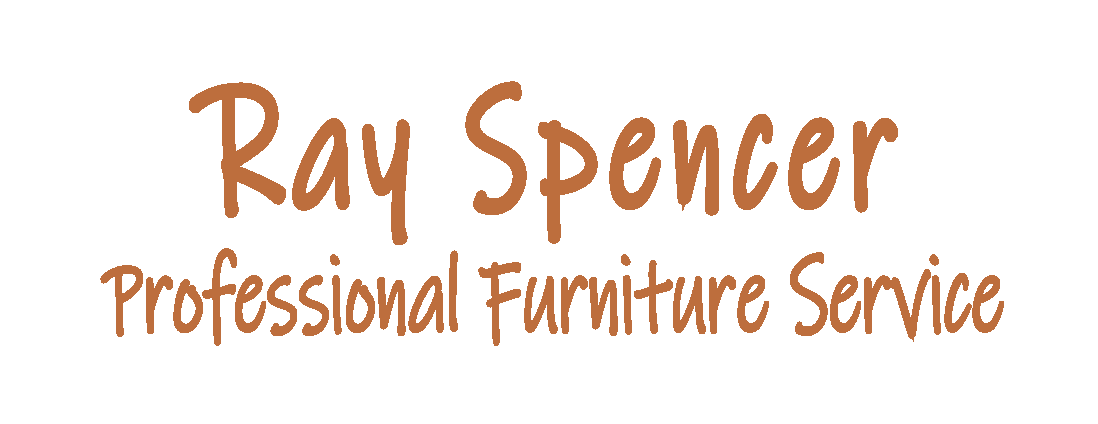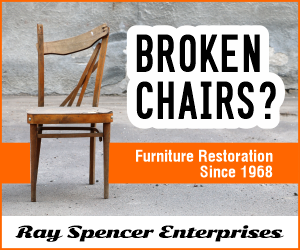It’s a question asked by many a recently moved family: We recently moved and have some damages to our furniture and other broken items. Our mover wants to send out a person who they say is a member of their repair firm network. What does the mean? What is the claims process?
On the front end of your move or relocation you were likely told by the mover’s sales representative that “we hardly ever have a claim or break things”. But now you’ve learned that’s not true and you have to file a damage claim. There is a certain process that you must go though not only to protect your legal interests but to cooperate within the claim process guidelines determined by the moving industry.
- First and foremost, do not throw away any broken items without first having them inspected by the mover’s claim representative. For safety reasons around young children, some folks are reluctant to save items with broken glass and dispose of them. The reasons as to why this is done is logical but first advise your mover of the situation, document whom you spoke to and photograph the items for evaluation by the inspector. If the glassware is of high value, I suggest saving these pieces since most photographs don’t always sufficiently illustrate an item’s true replacement value.
- Do not have anything repaired prior to the inspection by the mover’s claims representative. Obviously our households must function without delay and broken items can get in the way of that, but make the necessary effort to notify your mover and document what actions you’ve taken.
- Always notify your mover in writing of any damage claim you might have. Sometimes customer service phone calls are received by an individual who is not familiar with the mover’s corporate claims process and the information is not documented and does not get passed on to the department or individual who has the responsibility of taking action towards resolving the problem. Valuable time is lost waiting for a response that might not be coming.
Instead of having their damage claims handled by their local agents, on interstate moves the industry began centralizing the claims handling process at their corporate headquarters in the 1970’s. In the 1980’s, most major van lines organized regional seminars for the repair vendors which provided instruction and outlined their expectations. A small regional Chicago area trade association, The Claims Prevention & Procedure Council (CPPC) opened up its membership to all of the repairs firms servicing the moving industry and went nationwide. Today all of the movers support the CPPC and collectively the adjusters, appraisers and repair firms all over the country network together within the frame work of this trade association and its programs.
I was one of the first repair firm vendors nominated to the board of directors and I served seven years in this position including one term as the CPPC president. During this time, I organized several national conventions and seminars and I was a frequent program speaker. I have authored numerous published articles on claims procedure in the CPPC Newsletter publication. I also compiled a Claim Settlement Letter book which was published and is still in use today amongst several agencies.
The concept of having the claimant getting their own estimates and submitting this with their claim is problematic. Most families who have moved cross country do not know which local repair vendors to call upon and this comes at a time when folks are very busy setting up a new household, working at a new job, getting the kids settled in with new schools, etc. Quite truthfully there is always an element of distrust when reviewing one of these estimates; does the furniture item really need refinishing when one of our guys can skillfully take care of things with a less costly onsite touch-up?
In a nutshell, most repairs firms who are in the network have established relationships with many other craftsmen who have specialty trade skills that are required for the variety of repair needs they are asked to provide.
Some of the claims I handle go in “six different directions” considering all of the other tradesmen with whom I work with to service a larger claim. The need for a third party service vendor might be as simple as contacting a local TV technician for a TV repair or sending a sample drawer pull for a reproduction to be made to an out-of-state foundry. The resourcefulness of repair network firms can be priceless when obtaining the services by other artisans.
What I have to offer is the experience I’ve gained since the early 1970’s when I was assigned my first move damage claim. Since then, my job has been to service move damage claims day after day for over forty years. This represents ninety-five percent of my clientele. I probably do a thousand of these services calls each year. Special assignments have taken me to over forty states and two Canadian provinces. I’ve been fortunate to have been assigned many high value losses from which I have gained priceless experience.
Repair firm members in the network have had similar opportunities and experiences. It’s an efficient process where usually just one repair vendor comes to your home to inspect the claim and then coordinates all of the other vendors with whom services might be needed. It’s kind of like a one-stop shopping concept. These repair firms have an established relationship with the mover and operate within the guidelines and authority given them by their client. Not only does this individual want to successfully service the needs of just this one claimant, they have their relationship with the mover to protect for all future assignments.
There will always be the bad apple in the batch and those who lack the sufficient skills and experience to successfully complete the most difficult jobs. However, I think you will find most all of us at the top of our game and very resourceful.




0 Comments
Leave a comment